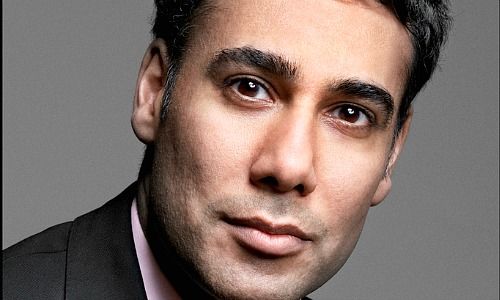What do Angela Merkel, Donald Trump und Theresa May have in common? They all advocate massive programs to upgrade their country’s infrastructure, Fidelity's Paras Anand says.
Social democrats have had a tough time lately. Francois Hollande was replaced by a former investment banker, Donald Trump followed in the footsteps of Europe’s darling Barack Obama and Germany’s Martin Schulz seems to have lost to his opponent Angela Merkel months before the elections.
And in the U.K.? A conservative prime minister, Theresa May, promises to strengthen workers’ rights, wrong-footing the main opposition party that has the most left-wing policies for several decades. And yet: Trump, Merkel and even May are advocating massive investment programs, arguing that their respective country’s infrastructure need upgrading.
Keynesianism as a Remedy?
The remedy they propose is one that seems more in line with a traditional Keynesian economic policy: stimulating sluggish growth through public spending – very much the Social Democratic way of creating jobs.
«Across most developed economies, a focus on monetary policy has produced questionable results in terms of impact on the real economy,» said Paras Anand (pictured above), chief investment officer equities for Europe, at a recent media forum by Fidelity International in London.
When smart investment officers of global asset managers start suggesting that the expansionary monetary policy is not having the desired effect, it is perhaps not surprising that right-of-center politicians resort to social-democratic policies.
The Laffer Curve of Monetary Policy
Anand, who previously worked for Deutsche Asset Management in New York, HSBC Alternative Investments and Invesco, said that monetary policy had something in common with tax rates: the so-called Laffer curve, in the shape of an inverse U.
For tax policy, the Laffer curve postulates that raising tax rates beyond a certain point will be counter-productive for the purpose of generating revenue. Anand said that the same seemed to apply to monetary policy, where the massive flooding of markets with cheap money didn’t stimulate the economy as intended.
The End of Public Support for Negative Rates
«A combination of this scepticism and strong evidence of societal cost has seen political support for quantitative easing to fade,» Anand told finews.com. There’s a «potential for a focus on fiscal expansion to be a more widely adopted strategy.»
Boosting economic growth with a little help from the state is likely to boost inflation, the key rate most major central banks have built their policy upon. Monetary authorities for decades worked hard to get inflation under control as it was seen as detrimental to a country’s wellbeing. Their fight is taking a tea-break.
With global debt at a record, governments would quietly welcome some inflation. It helps reducing debt without having to resort to unpopular spending cuts. And if Donald Trump knows something, it is that spending cuts would not have helped him into the Oval Office.




































